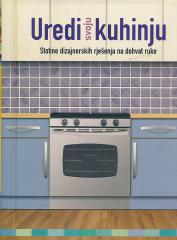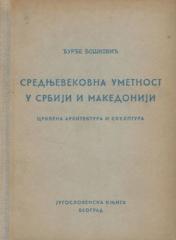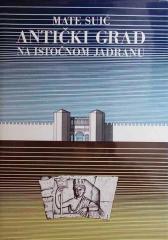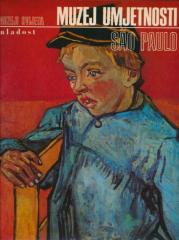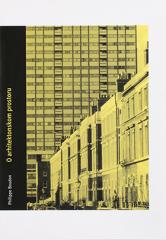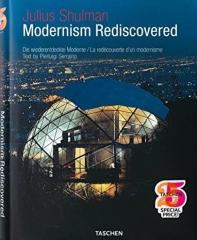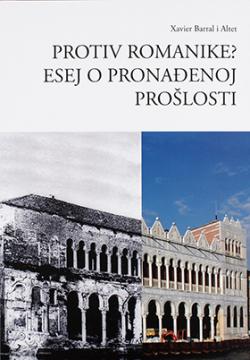
Protiv romanike? Esej o pronađenoj prošlosti
In this book, the very concept of Romanesque and Romanesque art is questioned, its roots are explored, and above all, its historiographic genesis is placed in the peculiar cultural context of the first half of the 19th century.
In the last few decades, Romanesque art has been in vogue. It is observed from an archaeological point of view, it is studied using modern philological methods, it is even visited on organized trips. He is attracted by her dignified austerity, her essence understood as a sign of strong religiosity, her bare, stripped, sober facies. But are the basilica in Ripoll or the Fondaco dei Turchi in Venice really Romanesque buildings? Are the domes of the cathedral in Périgueux or the facade of the cathedral in Le Puy really from the Middle Ages? Were the wooden sculptures depicting the Virgin Mary and Christ with a black face really that ugly and bare? Does the Romanesque art as we see it today really correspond to that of the Middle Ages?
The book analyzes the historiographical and nationalist development of the term Romanesque and deconstructs its fabrications and errors, emphasizing some controversial issues such as the popularity of artists, the role of women in the misogynistic artistic universe of that period, or the rich polychromy of buildings. At the same time, it reveals the true personality of the Romanesque Middle Ages, from France to Italy, from England to Catalonia, comparing architectural and artistic ideas and models in a dialogue that must have been much more lively and vital in those centuries than we usually think today.
One copy is available
